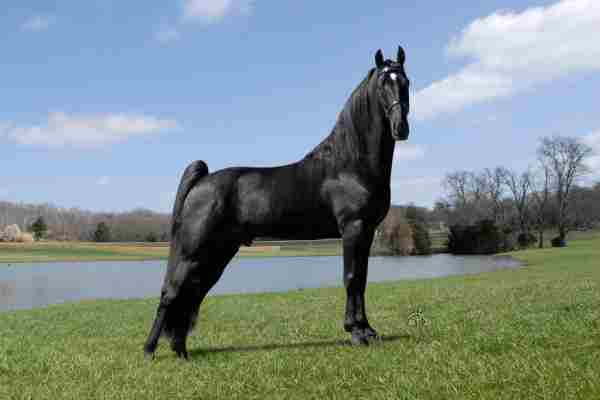Wild animals often inspire awe for their beauty and strength, but what is less appreciated are the efforts these creatures expend to secure an adequate food supply and ensure their own survival.
Table of Contents
Our understanding of animal behaviour has grown exponentially over the past few generations, revealing a complex network of behaviours and decisions that many species employ to meet the challenges of life in the wild. This includes particular strategies for gathering resources, building dens and nests, selecting mate partners, and caring for the young.
In this article, we delve into several populations of animals working tirelessly in the pursuit of life-sustaining necessities.
List of Hard-Working Animals
Honeybees
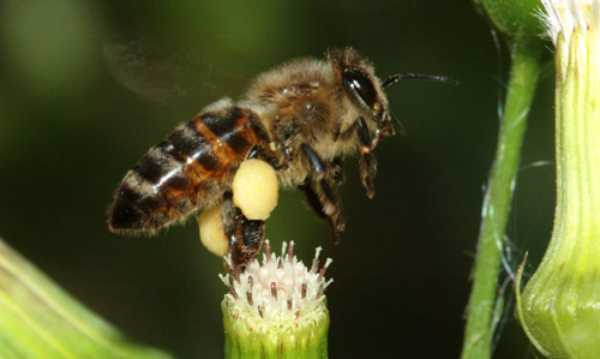
Scientific Name: Apis
Type of Animal: Insect
Diet: Omnivore
Range: Worldwide
Honey bees are incredibly industrious creatures, made famous for their ceaseless work to collect nectar and pollen from flowers and make honey for the hive. This tireless labour is beneficial for both pollinators and the environment: it allows plants to grow, which in turn helps sustain life on Earth by providing oxygen and nutrition to other species.
Honey bees survive through a hierarchical society consisting of a queen, workers, and drones all bound together by strict rules. These vital workers traverse thousands of flowers each day in search of nectar they later store as honey in wax cells. Despite the bees’ Herculean efforts, the amount of honey produced by individuals within the hive is minute due to their inclination to rest during night hours after working tirelessly throughout the day.
While eating, the bee also collects pollen from her legs and transfers this onto fertilized eggs which develops future baby bees. This incredible work ethic is invaluable in maintaining a healthy planet and ecosystem. In addition to the honey production that many of us are familiar with, the role of bees has wider-reaching implications such as providing oxygen and plenty of food sources.
Ants
Scientific Name: Formicidae
Type of Animal: Insect
Diet: Omnivore
Range: Worldwide
Ants are an integral element of our environment– although small, they work hard to cultivate the land by aerating and turning the soil so that water and oxygen can get to the plant’s roots. Not only do they have impressive strength for carrying items up to fifty times their own body weight, but their societies also have sophistication and order.
Ant colonies involve different members carrying out specific tasks such as gathering food, taking care of eggs, protecting from invading ants, and even stealing larvae from other colonies. Nevertheless, it is easy to underestimate the work ants are doing in sustaining the environment when viewed at just a glance.
In addition, the Queen bee is among the most important and hardworking
individuals in the animal kingdom. She might be tiny, but she is certainly mighty! Her role as the leader of her colony often goes unnoticed, yet she is an integral individual in maintaining the reproductive cycle of a bee colony.
Despite restrictions put on her body by time and extreme physical demand, the queen busies herself with laying eggs nonstop to provide for an efficient hive and secure her colony’s survival.
Beavers
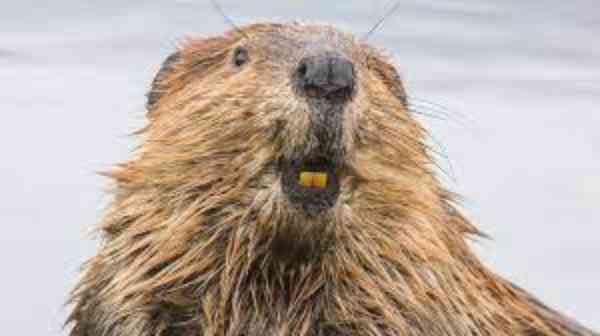
Scientific Name: Castor
Type of Animal: Mammal
Diet: Herbivore
Range: Europe and North America
With their industrious nature, beavers have been helping to maintain the environment for thousands of years. An impressive feat of engineering, beavers build dams and canals to control water flow, store food, and protection themselves from predators.
The dams built not only offer a safe space for other living creatures and plants, but they are also protection from flooding. Creating a dam requires the hardworking beaver to cut down trees, and carry twigs and branches back to the dam before disposing of them carefully in certain positions. Afterwards, mud is layered on top of the wood to finish up that complex masterpiece!
But even more impressive than their seemingly magical engineering feats, is how beavers use their skills for survival. By stockpiling branches with tasty underbark for the winter, beavers create a snow barrier around it that helps them maintain a comfortable temperature inside their lodge, while at the same time preventing the water from freezing over their stash of food.
Earthworms

Scientific Name: Lumbricina
Type of Animal: Insect
Diet: Omnivore
Range: Worldwide
Earthworms are a great example of tireless workers. These small, limbless creatures spend their lives upside down in the dirt, burrowing into and aerating the soil, making it easier for trees and plants to access nutrients that are otherwise unavailable.
Their industriousness may leave behind minimal traces compared to the size of their efforts; an average earthworm is required to dedicate more than 10 years of its life just to dig through and aerate about 10-15 cm worth of dirt. That said, earthworms can still consume their entire body weight in food a day.
Shrews
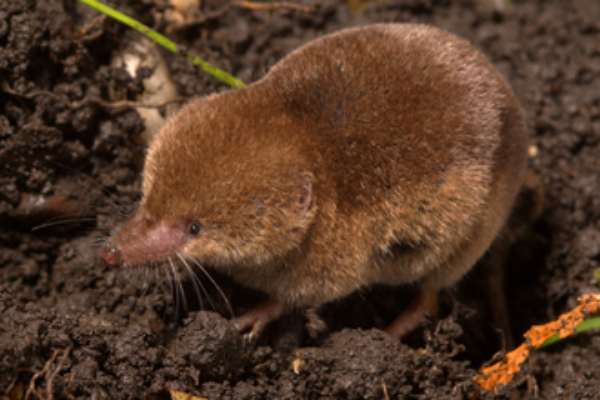
Scientific Name: Soricidae
Type of Animal: Mammal
Diet: Omnivore
Range: Africa, Eurasia, North and South America
The shrew is an incredible and hardworking animal that can be found around the world. With short, thick fur and a size similar to rats, they are often grey or brown in colour. Even though their eyesight isn’t the best due to their upbringing in an underground life, these animals still have the determination to survive and make their homes wherever they can.
Most of the time they come out at night, using their sharp claws to help them catch food and dig – hence why your garden may be a little messier than usual! Shrews love nothing more than eating bugs and worms as well since that is easily accessible for them through their digging tunnels.
Even though pesky at times by hopping into unnoticed spaces, shrews are essential for eliminating pests from a garden environment that might harm crops or other plants over time.
Arctic Terns

Scientific Name: Sterna paradisaea
Type of Animal: Bird
Diet: Carnivore
Range: Northern Atlantic Coast
The Arctic tern is a small bird that lives in the Northern Hemisphere and can be easily identified by its distinctive red short legs and perfect fishing beaks. These birds are incredibly hardworking because they actually spend much of their lives migrating or fishing for food – no wonder they travel over 30,000 kilometres annually! Impressed yet?
It’s safe to say that when it comes to travelling, the Arctic tern really has no equal – these brave little birds fly from the Arctic to the Antarctic circles each year. Many people may sit back and lazily admire these birds from afar, but there is no denying the truly incredible physical journeys they make every single year.
Bowerbirds
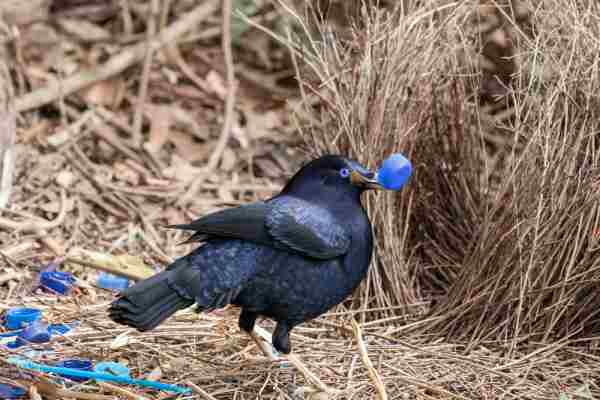
Scientific Name: Ptilonorhynchidae
Type of Animal: Bird
Diet: Omnivore
Range: Australia
Bowerbirds are unique creatures that live in Australia and New Guinea and are known for their elaborate nest-building practices. Building a nest is no easy task, but what makes these birds special is the recent discovery of how male bowerbirds use their designs to draw attention from potential mates.
Not just content with including attractive items like flowers and pebbles, studies show that male bowerbirds construct clever architectural elements such as arches or flags to make their nests seem larger. In addition, they also go through some real effort in designing the surrounding area by laying out flattened paths and other decorations, all to catch the eye of a potential mate.
Hummingbirds
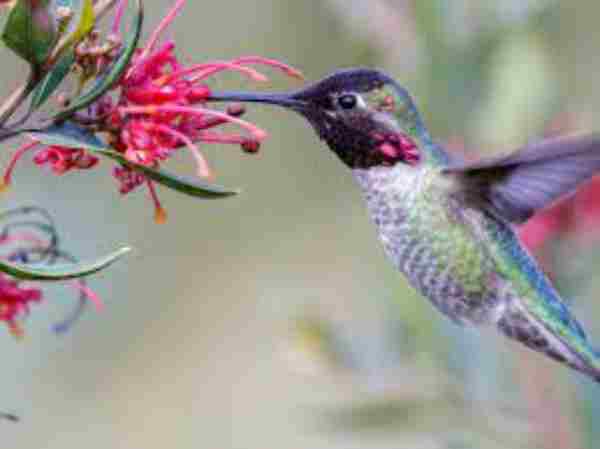
Scientific Name: Trochilidae
Type of Animal: Bird
Diet: Herbivore
Range: South America, Alaska
Hummingbirds are small birds with long, thin beaks and very short legs that can be found in the Americas. This species is highly praised for its amazing and unique flying techniques.
Not only do they fly backwards and sideways, but they also can hover in place! Though often seen in ads or nature documentaries, one might not know how hardworking this small creature actually is. Their wings flap at an incredible 80 times per second, similar to how a sprinter would run.
This high-speed manoeuvring allows them to find food quickly and ensure their survival. Additionally, female hummingbirds build nests made up of plants and use it to raise their young – with some taking weeks to complete!
Salmons

Scientific Name: Salmo salar
Type of Animal: Fish
Diet: Omnivore
Range: Tributaries of the North Atlantic
Salmon is a fish that has captivated humans for centuries. It is renowned for both its nutritional value and its ability to display a range of colours, changing them as it passes from saltwater to freshwater to spawn.
But what people may not know of this hardworking fish is the extremely tough journey they take to reach their mating grounds. Not only do they have the monumental task of taking in enough fat stores to see them through the many miles but they must also brave competing wildlife, fishing nets and persistent anglers, all while sojourning through tiring waterways.
When they eventually make it back upstream, many salmon will die soon after as part of their natural spawning cycle, further emphasizing their tireless nature.
Vultures
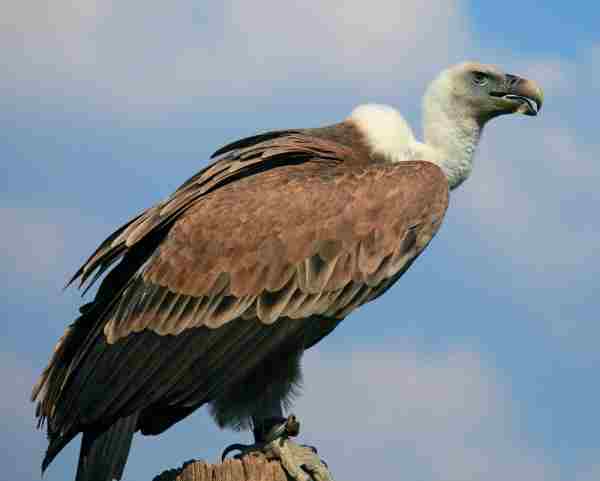
Scientific Name: Cathartes aura
Type of Animal: Bird
Diet: Carnivore
Range: Africa, Asia, Europe, Sound, Central, and South America
Vultures are among the most misunderstood and despised creatures, yet they are essential to maintaining a healthy planet. That’s because these scavenging birds consume decaying animal carcasses, preventing many diseases from spreading throughout our environment.
This vital role can often mean the difference between life and death for a number of species, yet vultures themselves are in danger due to poaching, as their body parts are sought after for traditional medicine.
It’s time to recognize their importance in keeping our planet clean and safe by raising awareness about their plight and advocating for better protection laws. These resilient birds deserve admiration for constantly taking on such an unglamorous job.
Dogs

Scientific Name: Canis lupus familiaris
Type of Animal: Mammal
Diet: Omnivore
Range: Worldwide
Dogs are undoubtedly one of the most hardworking animals, often relied on by humans for service duties and activities around the farm. However, their loyalty to humans goes beyond their training as they have also earned a place in families’ hearts all over the world.
Intelligence and obedience make them some of the best animals to train, but it’s their dedication and affection that keep them at the top of pet popularity lists. It’s no wonder that dogs are known as man’s best friend – with an unshakeable bond and an innate understanding of their owner’s needs, these incredible animals have earned their place as loving companions to millions of people around the globe!
Donkeys
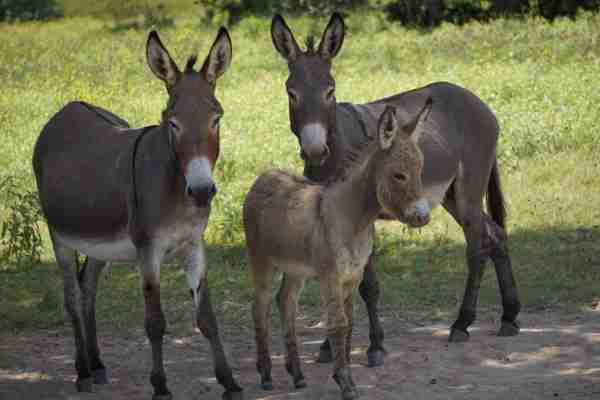
Scientific Name: Equus asinus
Type of Animal: Mammal
Diet: Herbivore
Range: Worldwide
Donkeys have been an important part of human society for centuries, going all the way back to 6,000 years ago – when these remarkable animals were used to transport heavy loads.
But donkeys are not only hard-working; they also possess unique personality traits that go far beyond their intelligence, strength, and peaceful nature. Shockingly adaptable, donkeys can live in a wide variety of habitats and can endure strenuous conditions.
They make wonderful pasture pets, companions to horses and superb livestock guardians. All told these admirably tough creatures are truly deserving of the respect they receive as some of the world’s hardest-working animals.
Horses
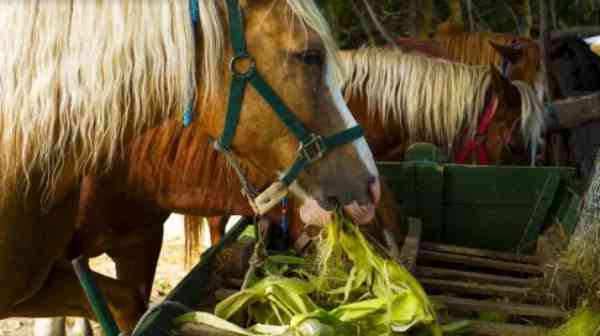
Scientific Name: Equus caballus
Type of Animal: Mammal
Diet: Herbivore
Range: Worldwide
Horses are without a doubt one of the most influential animals in human history. From ancient times, their impressive strength, power, intelligence and beauty have made them the perfect choice for hunting, transporting and carrying loads.
In more recent times these majestic creatures have been harnessed to provide another form of enjoyment; that is, participating in various sporting activities such as obstacle jumping and racing.
Additionally, horses continue to be an integral part of many societies around the world where they are still exploited as a means of transporting goods and also providing vital functions on households and farms.
Finally, some even use horses as service animals due to their special training and excellent dispositions.
Lionesses

Scientific Name: Panthera Leo
Type of Animal: Mammal
Diet: Carnivore
Range: Asia and Africa
Oftentimes, when we speak of the hardest-working animals on the planet, female lions are left out of the conversation. Female lions serve many different roles within their pride – hunting for sustenance, defending their territories and raising and protecting the cubs.
Though lionesses are physically weaker than their male counterparts, they are stronger runners and superior hunters. In most pride, it is usually the female lion who does the majority of the heavy lifting while the males guard against outside threats.
Termites
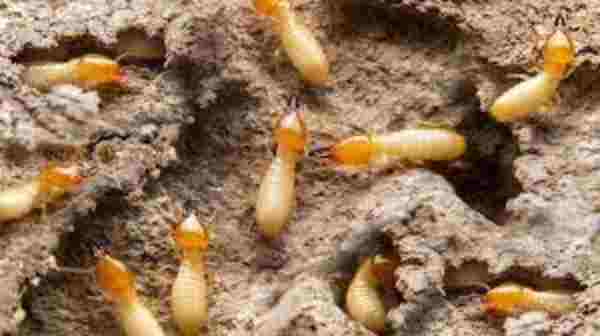
Scientific Name: Isoptera
Type of Animal: Insect
Diet: Herbivore
Range: Worldwide
Termites are quite busy little critters, as their never-ending search for food requires them to be constantly on the move.
With around 2,000 species of these insects in our world today, colonies can often reach up to a million individuals! Although we’re often not too keen on termites as pests, their contribution to the environment is truly immense.
They are key players in decomposing plants and trees, facilitating vital ecosystem processes whilst also aerating and improving the soil with their various underground tunnels.
FAQs
Which is the most hardworking of all animals?
Ants
Is a donkey a hard-working animal?
Donkeys may not be as glamorous as horses and they don’t always get the credit they deserve, but donkeys are incredibly hard workers that possess impressive stamina, which makes them ideal animals for labour.
Which is the most disciplined animal?
Dogs
Which insect is very hardworking?
Ants and bees
Final Words
Working animals are admired for their commitment and strength, and there is a variety of these in nature. Dogs and horses come to mind right away as they have both been employed as faithful and loyal servants since ancient times, used for farming to transport goods or people through difficult terrain.
Equally impressive is the dedication shown by smaller creatures such as ants, beavers and donkeys who tirelessly work to provide food and shelter for themselves and their family groups.
Even with no human intervention guiding them, they display creative problem-solving skills when it comes to dealing with the challenges of survival.
Reference:
- https://maymont.org/explore/animals/maymont-farm/donkey/
- https://brainly.in/question/51594204
- https://www.bbc.co.uk/newsround/16940749

Jeevan Kodiyan
An animal enthusiast with an interest in zoology, studying the behavior and activities of animals in the wild habitat. I work on research projects related to species conservation and endangered species protection. I also leverage zoology to become an educator, educating others about the importance of protecting our natural environment and the beauty of animals in their natural habitats.

